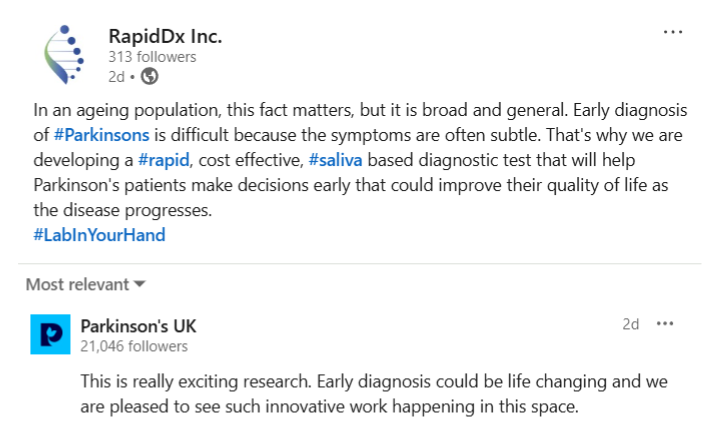Parkinson’s Disease
About Parkinson’s disease
Parkinson’s disease can include a form of dementia known as Parkinson’s disease dementia (PDD). This condition involves a decline in thinking and reasoning skills that occurs in some individuals with Parkinson’s disease. PDD typically develops at least a year after the initial Parkinson’s diagnosis. Symptoms of PDD include memory loss, difficulty with problem-solving, and changes in behavior and mood.
For more detailed information, you can refer to sources such as Johns Hopkins Medicine.
Innovative Parkinson’s Assessment
Parkinson’s disease is notoriously difficult to diagnose in the early stages, because its symptoms mimic those of other conditions. In a primary care setting patients often are given trial doses of medication to see if an improvement in symptoms occurs.
With RapidDx’s Parkinson’s device, this hit-and-miss approach could be avoided. Beyond the quest for a cure, the holy grail of Parkinson’s research is the discovery of biomarkers — detectable and measurable changes in the body that can be used to predict, diagnose, and monitor disease activity and progression.
During a consultation, a doctor can quickly assess the presence of Parkinson’s specific biomarkers. RapidDx identifies the presence of oligomeric α-Syn. Alpha-amylase, heme oxygenase, acetylcholinesterase, and cortisol levels can distinguish Parkinson’s from other neural disorders or even serve as an early diagnostic biomarker.
Facts about
Parkinson’s




The prevalence of people diagnosed with Parkinson’s disease varies by region
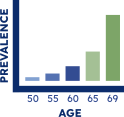
The prevalence of Parkinson’s in the U.K. doubles in five-year interval between 50 and 69 years

By 2025, population growth and increasingly ageing populations are expected to increase the yearly incidence in the U.K. by around 24%

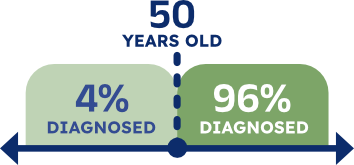

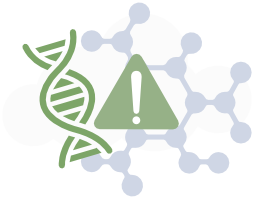
Parkinson’s is caused by a combination of environmental and genetic factors.
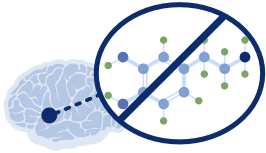
Parkinson’s disease occurs when brain cells that make dopamine, a chemical that coordinates movement, stop working or die.
Source: Parkinson’s Foundation and The Michael J. Fox Foundation
[1] Parkinson’s Disease – Symptoms and Causes | www.mayoclinic.org
[2] Burden of Parkinson Disease in China, 1990–2019: Findings from the 2019 Global Burden of Disease Study | www.ncbi.nlm.nih.gov

